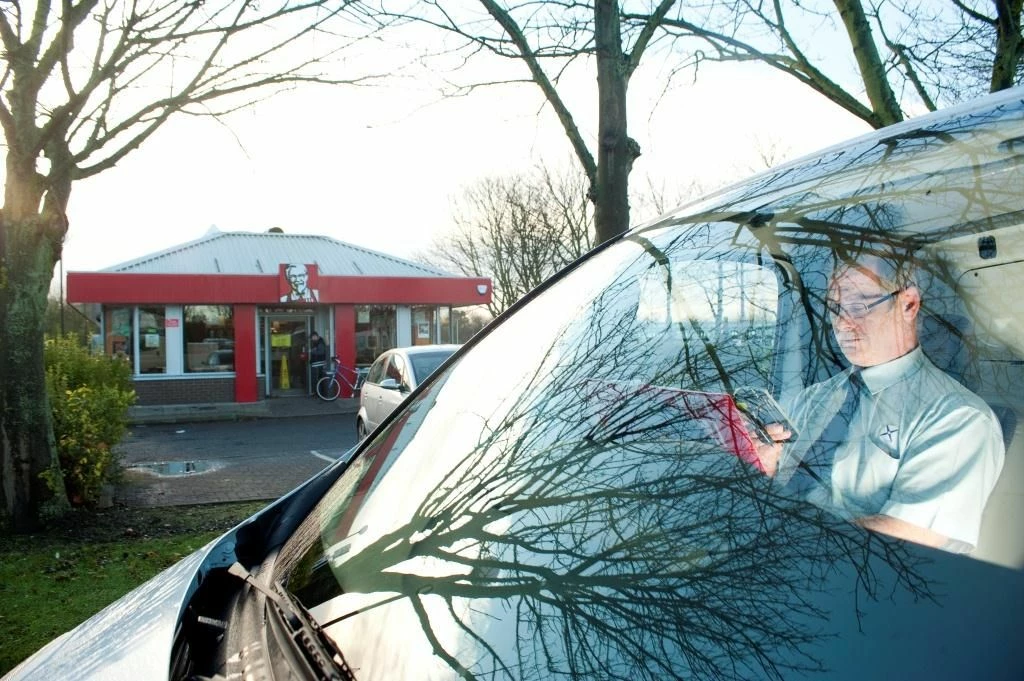
Partner Article
Can we change from fixed to variable service supply chain costs and still deliver a service?
The fixed verses variable cost structure has long been debated in the industry – and continues to remain a hot topic. With the evolution of technology, customers demanding innovation in service delivery and all the intelligence that can be derived in the provision of a break-fix service; the industry seems to remain adamant in delivering an outdated, antiquated delivery/cost model.
The big question is whether innovation within services can be delivered on a variable cost base? And can pricing be a differentiator in the evolution of the service supply chain?
As the majority traditional service supply chain continues to steadfastly remain fragmented, its fixed inflexible cost structures have become increasingly expensive against the context of the revenue they are earning today. It’s these costs that are putting price pressure in the market; the change in the products and the simplification and reduction of the revenue attached to the maintenance has made the fixed price model and its legacy engineering costs outdated.
The anatomy of the fixed and variable cost
If we look at what the fixed service costs are, we see a combination of skilled engineers, external repairs, parts and logistics, as well as diagnostics – all of which often are still operated in the traditional unconnected way.
On the other hand, if we work within a re-designed (fit for purpose) connected infrastructure based model then variable service innovation and pricing modernisation becomes the norm The customer pays by the type of activity that’s required, when it’s required with the correct skill to deliver. This means that when there is a requirement for a particular skill in the field environment then that’s what is assigned to the call, not an over-skilled or under-skilled engineer/technician/tech courier.
There will always be a need for various skill levels in the field, the difficulty in the traditional service supply infrastructure is its inability to respond and adapt to the rapid simplification of product and its continued incapability to deliver modern service
Is variable viable?
Looking at anecdotal evidence within the market, the complex service call requires a senior engineer, which accounts for approximately 20 per cent of all service calls. The rest is split between the technical courier and the internal engineer. It’s within this ground where a variable cost model is far more effective and specific in responding to a customer demand driven ethos but only within a fit for purpose infrastructure model.
This allows the service provider to flex the cost base against the demand using the re-designed skill profile as required. This in turn creates the environment for innovation and increases the responsiveness to the customer enabling the service provider to create a modern, intelligent service supply chain, while freeing valuable working capital on the core IP and differentiators.
These economies of scale can be achieved through aggregation. While many of the larger service providers all have their own infrastructure, if one of those components is non-core it doesn’t add any differentiation. If it can be shared with multiple parties, greater value can be obtained for the end client where they do differentiate.
However, sharing infrastructure and the ability to aggregate can’t be orchestrated within a siloed organisation. The industry needs to embrace more efficient ways of generating economies of scale, by taking the non core competencies in a connected supply chain and putting them into a service model that’s connected and can demonstrate aggregation and economies.
Can we do more for less?
The fixed verses variable pricing model is without a doubt a huge step change in the methodology, collaboration and delivery. And the consequences are even greater. To meet customer demands, major changes are required in the infrastructure to meet innovation and pricing needs.
To deliver the variable cost model, service providers have to make strategic changes that will impact almost every element of service, from repair centres to logistics providers and sub-contractors. In my view, this is the only way the industry can not just reduce costs, but continue to innovate, make sustainable margins within its break fix business and ensure it stays a sustainable and strategic component of its managed services proposition.
This was posted in Bdaily's Members' News section by Glyn Dodd .
Enjoy the read? Get Bdaily delivered.
Sign up to receive our popular morning National email for free.








 Is the Government's employment move making work pay too much?
Is the Government's employment move making work pay too much?
 A game-changing move for digital-first innovators
A game-changing move for digital-first innovators
 Confidence the missing ingredient for growth
Confidence the missing ingredient for growth
 Global event supercharges North East screen sector
Global event supercharges North East screen sector
 Is construction critical to Government growth plan?
Is construction critical to Government growth plan?
 Manufacturing needs context, not more software
Manufacturing needs context, not more software
 Harnessing AI and delivering social value
Harnessing AI and delivering social value
 Unlocking the North East’s collective potential
Unlocking the North East’s collective potential
 How specialist support can help your scale-up journey
How specialist support can help your scale-up journey
 The changing shape of the rental landscape
The changing shape of the rental landscape
 Developing local talent for a thriving Teesside
Developing local talent for a thriving Teesside
 Engineering a future-ready talent pipeline
Engineering a future-ready talent pipeline